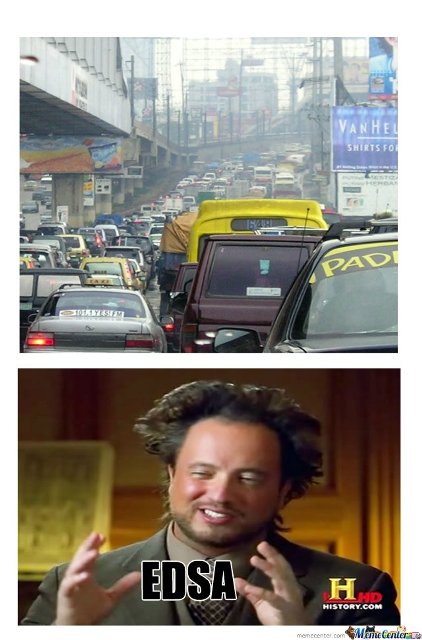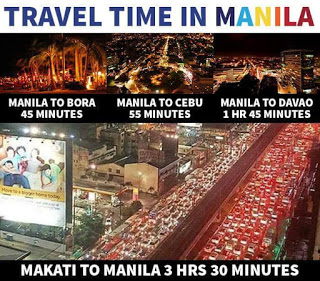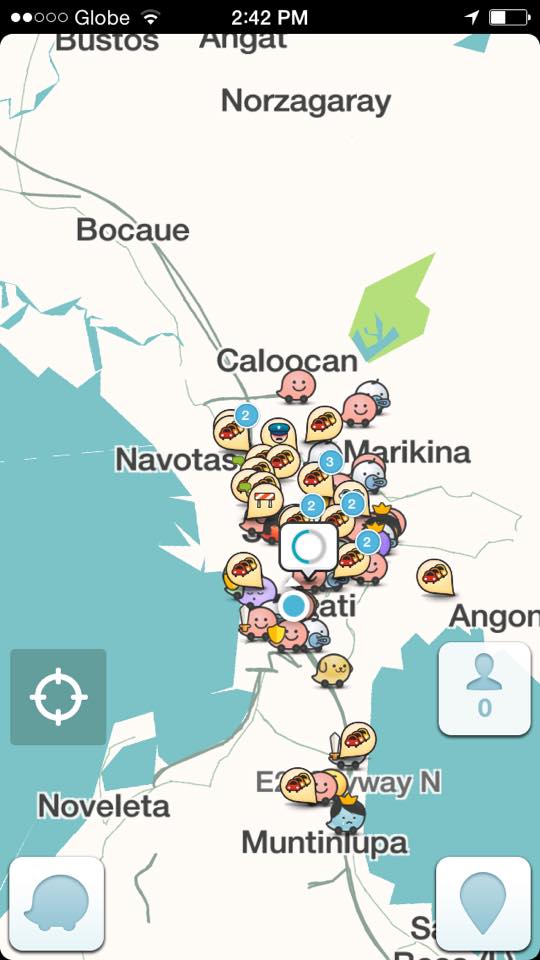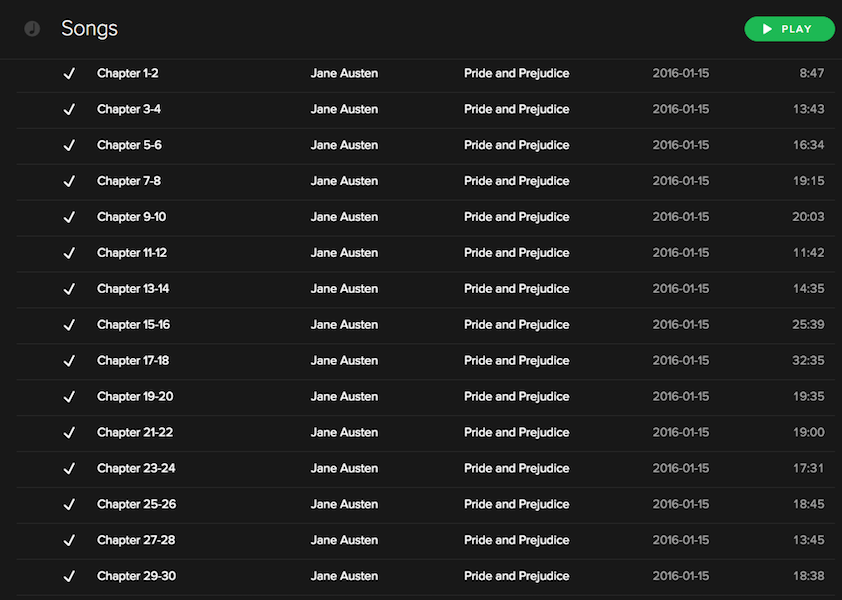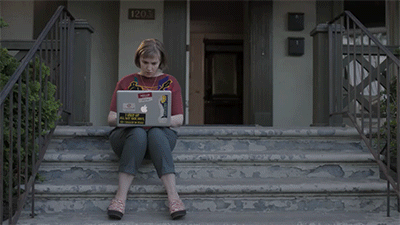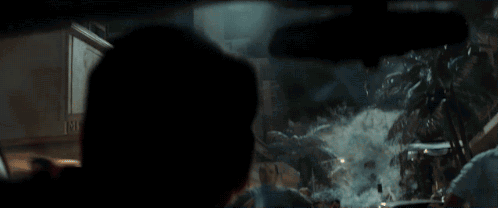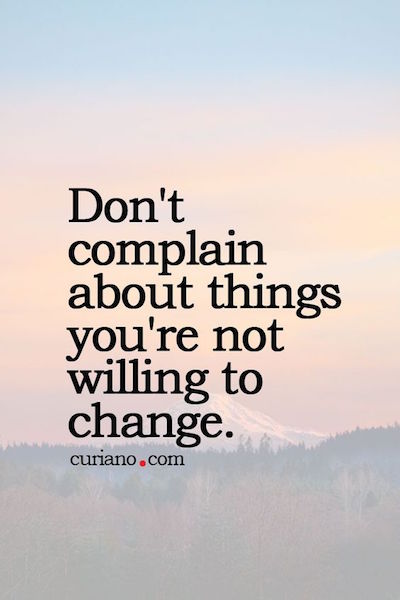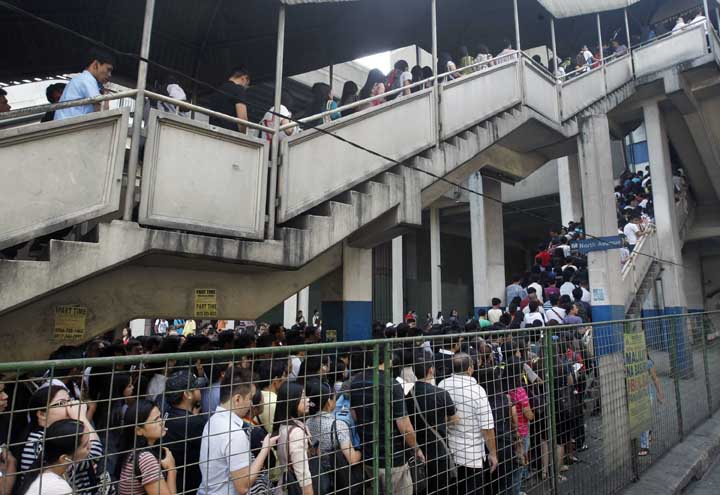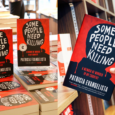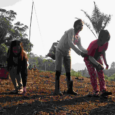When in Manila, the word “traffic” has almost become part of our daily vocabulary. While people from colder parts of the world discuss the weather, we discuss the traffic. Count on Pinoys to find a funny way to express their emotions about a pressing issue! There are countless of viral memes and #hugot lines about the traffic. But all these funny antics aside, traffic in Metro Manila has reached alarming levels. A global survey by Waze noted that Metro Manila has the worst city traffic in the world!
But if you’ve stayed in Metro Manila long enough, you won’t need any survey or expert opinion to know that the traffic here is an urgent problem that affects all of us in a daily basis. Traffic is extremely frustrating and at some point, even heartbreaking. While you could be studying, working, reading a book, sleeping, or spending quality time with family and friends, you are braving through EDSA–gritting your teeth, fighting against abusive bus drivers, and trying to get to your destinations safely and on time. Worst of all, your time stuck in traffic is unpaid labor.
I used to spend around four hours in traffic almost every day because my house and my school are far apart. Here are some things I learned along the way that made coping with the Metro Manila traffic a little bit more bearable.
8.) Set meetings on the same day and around the same venue.
Nowadays, we get a lot of invitations to meetings and get-togethers. My natural inclination used to be to RSVP as long as I see that my calendar is free during the time of the event. The irony is that I’d be spending two hours stuck in traffic for a meeting that would last only for half an hour.
I later learned a lifehack from my boss, who schedules his meetings in the same area. If you have the freedom to choose the date and the venue of your meetings, be strategic. Set a breakfast, lunch, merienda, and dinner meeting in places like BGC where there are many nearby restaurants to choose from.
7.) Adjust the time when you leave your home and your office.
I used to think that 8:30 am classes were the most optimal ones to take. Since my drive usually takes 90 minutes, I leave my house at 7:00 am and wake up at 6:00 am. I tried taking a 7:00 am class and ended up needing only 45 minutes to get to school! There were barely any cars on the road when I left my house, which got me to school more than one hour early during the first day. I re-adjusted my sleeping time and my body clock. It took some getting used to, but it was worth it because by avoiding the rush hour, I cut my traveling time into half.
6.) Familiarize yourself with navigation apps.
Navigation apps such as Waze introduce you to more convenient routes that avoid traffic jams.
5.) Get used to listening to podcasts and audiobooks.
How many times have we told ourselves how we want to read a new book, learn a new skill, or study a new language? We never seem to find the time! (It’s probably because most of our time is spent stuck in traffic.)
Apps like Audible, Audiobook.com, and even Spotify are great apps to check out if you want to catch up on your favorite book. In 2015, I finished around 30 audiobooks because of the amount of time I’m on the road. Before I got used to this new habit, there were years when I would only finish one or two books, excluding books that were assigned in class.
4.) Carpool with schoolmates or officemates.
One of the most frustrating about driving alone while stuck in traffic is how I imagine I could be spending quality time with my family and friends. Looking back, some of my happiest memories growing up is spending time with my parents in the car as we made our way from school to home.
If you have schoolmates or officemates who live in the same area as you do, try setting up a carpool system. That way, you get to spend time with them, share the gas and/or toll expenses, and lessen the number of cars on the road.
3.) Explore opportunities to work from home.
If living near where you work isn’t a viable option for you, consider exploring career opportunities that would allow you to work from home. Since the Philippines is the social media capital of the world, this is actually doable.
A quick scan of “#digitalnomad” would prove that more and more people are shifting to less conventional work schedules. Being in a physical office doesn’t automatically guarantee that you would produce more quality work. If you work under a boss, you could try talking to him or her about your options. This is very important, considering the hours you spend in transit are not credited as work. Worst of all, traffic is never an excuse to be late.
2.) Arm your car with an “emergency kit.

There are areas that easily get flooded, and you might get stranded there for hours. Just to be on the safe side, it’s always best to have an emergency kit in handy if ever you decide to stay in a friend’s or relative’s house while waiting for the flood to subside. Recommended items in that kit are a cellphone car charger, a spare set of clothes (for the impromptu sleepover and for work/school the next day), snacks, water, and toiletries.
1.) Do your part.
Perhaps the most important tip is to remember this quote:
Do we park in areas we shouldn’t park in? Do we obey the traffic rules?
Essentially, traffic exists when there are too many cars on the roads. People will always aspire to use cars when the public transportation system remains almost inhumane. Having said this, we want to ask you if you have ideas on how to help solve these pressing issues, or if you have your own way of beating the traffic. Let us know in the comments below! We’d love to hear from you.
Photo by: Mark Balmores

